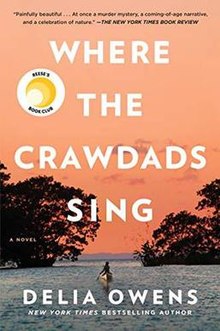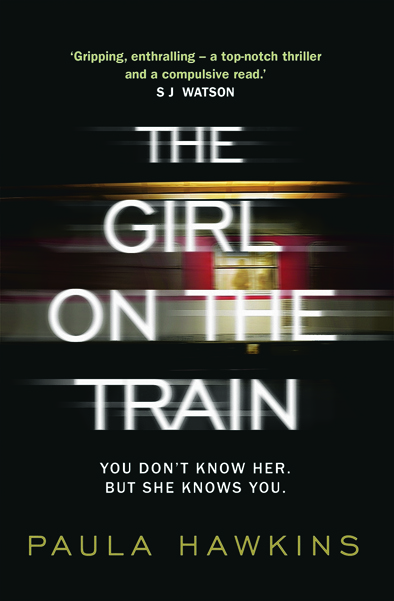Rebecca – Daphne du Maurier
Rebecca has been on my reading list probably for years but I realised, as I started to read it, that although the novel is incredibly eminent, I did not really know anything about it. It took a few chapters to hook me in but after that it just seemed to get better and better; Daphne du Maurier sustains suspense so well! It is difficult, then, to write a review that doesn’t give away the big reveals but, it is safe to say, Rebecca will not disappoint.
Narrated by the new Mrs. de Winter of Manderley, who lives in the shadow of Maxim de Winter’s first wife, Rebecca, the novel is full of mystery. Our narrator is constantly aware of her inability to live up to the first Mrs. de Winter and is intrigued by the way everyone talks about her.
Although part of the gothic genre, the story feels very real. I particularly love it when characters in books reflect what would happen if they were in a book, so this moment stood out to me: “In a book or a play I would have found a revolver, and we should have shot Flavell, hidden his body in a cupboard. There was no revolver. There was no cupboard. We were ordinary people. These things did not happen.” I believe this makes the narrator all the more relatable and, though we never learn her first name, our sympathies always lie with Mrs. de Winter. Her efforts to please and live up to her name at times seem a little desperate, but the reader is invited into her world and her struggle to be a part of a place which seems so alien to her. And when events take a turn for the worse and her moral outlook becomes questionable, we are still fully on her side.
It is a novel known for its sense of place and this is evoked vividly throughout. The isolated mansion in the wilds of Cornwall, with its closed rooms, a sinister servant and view of the sea is the perfect place to contain secrets. Du Maurier also uses pathetic fallacy to heighten the changes in mood, particularly through the fog that comes and goes. Despite this, the narrator has an idyllic view of Manderley, its grandeur clouding her judgement. Her observation that “the peace of Manderley could not be broken or the loveliness destroyed […] No one would ever hurt Manderley. It would lie always in a hollow like an enchanted thing, guarded by the woods, safe, secure” is ironic given the opening chapter (which begins at the end) and the final twist, but we know from the famous first line, “last night I dreamt I went to Manderley again”, that it is not a place to be forgotten and nor is the book.







